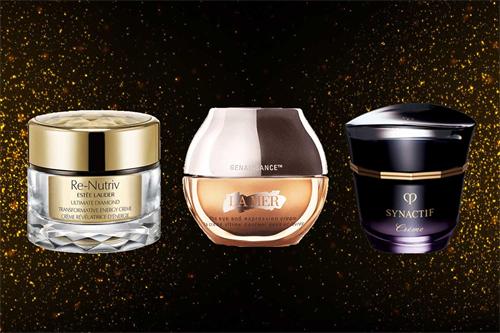Why Expensive Skincare Isn't Working: 3 Common Mistakes You're Probably Making

Your vanity is lined with top-tier serums, lotions, and creams from luxury international brands. Your nightly routine resembles a lab experiment. And yet, your reflection shows dullness, breakouts, and redness. Sound familiar? Many skincare lovers face this same frustration. Despite spending a fortune, results are underwhelming. The problem often isn’t the product—it’s the skincare mistakes you might be unknowingly making.
1. Flawed Skincare Logic: Products Aren’t Magic Fixes
Studies show that over 67% of high-end skincare users experience “ineffectiveness anxiety.” They’re willing to spend half a month’s salary on a 30ml bottle of serum, yet never see the radiant, glowing skin promised in ads. Ironically, the same product can deliver miraculous results for one person while causing breakouts and irritation for another.
The root issue isn’t the product—it’s a fundamental flaw in skincare logic. Many treat skincare as a cure-all, forgetting that skin, as the body’s largest organ, is dynamic and ever-changing. It’s like pouring water into a leaky bucket—unless you fix the crack first, even the most luxurious formula won’t stay.
2. Ingredient Overload: Your Skin Isn’t a Garbage Disposal
Skin isn’t an infinite sponge, nor is it a “dumping ground” for actives. Think of its absorption like a toll gate on a busy highway—there’s order, and there's a limit. When anti-aging, brightening, and repairing ingredients are all piled on together, the result is often a “chemical car crash.”
Examples:
- AHAs mixed with retinol? Both have the function of exfoliating and promoting skin renewal, but their combined use may over-stimulate the skin barrier (especially for sensitive skin), causing dryness, redness, peeling and even sensitivity.
- High-dose vitamin C paired with metal ions (found in some sunscreens)? Oxidation can cause skin discoloration instead of brightening.
- Alcohol-based penetration enhancers combined with ceramides? They can accelerate moisture loss instead of repairing the barrier.
Most importantly, skin is a defensive organ—not an absorbing one. If you overload the stratum corneum (outer layer) with harsh ingredients, even the priciest product becomes a burden rather than a benefit.
3. Incorrect Application: Skincare Is an Art, Not a Workout
Many believe that vigorous rubbing boosts absorption—but the truth is quite the opposite. A Japanese beauty lab once conducted a study with two test groups using the same lotion. Group A gently patted the product into the skin, while Group B rubbed it in for three minutes. Results? Group B had 42% of the product left on the skin’s surface, while Group A saw a 79% absorption rate.
Harsh rubbing not only damages the skin barrier but may also trigger the skin’s defense response, prompting cells to reinforce the barrier and block out actives.
Moreover, your skin isn’t static. Studies show that hydration levels, oil production, and barrier strength fluctuate every 72 hours. A 10% increase in humidity can boost sebaceous activity by 18%. Yet most people repeat the same routine day after day, year after year, without adapting to their skin’s current needs.
No matter how luxurious your skincare products are, they can't compensate for poor lifestyle choices. Proper sleep, a balanced diet, and regular exercise are the real foundation of healthy skin. Those sleek bottles and jars only reach their full potential when paired with an understanding of your skin's signals, carefully chosen ingredients, and a willingness to adapt to changes in your environment and condition.
Remember: Skincare isn’t about ritual for ritual’s sake—it’s an ongoing conversation with your body.
RECOMMEND FO YOU



